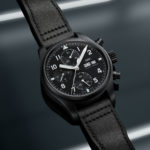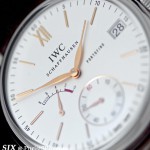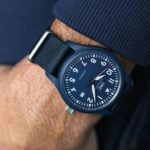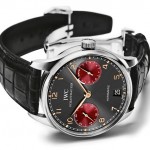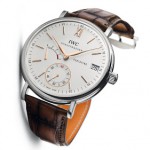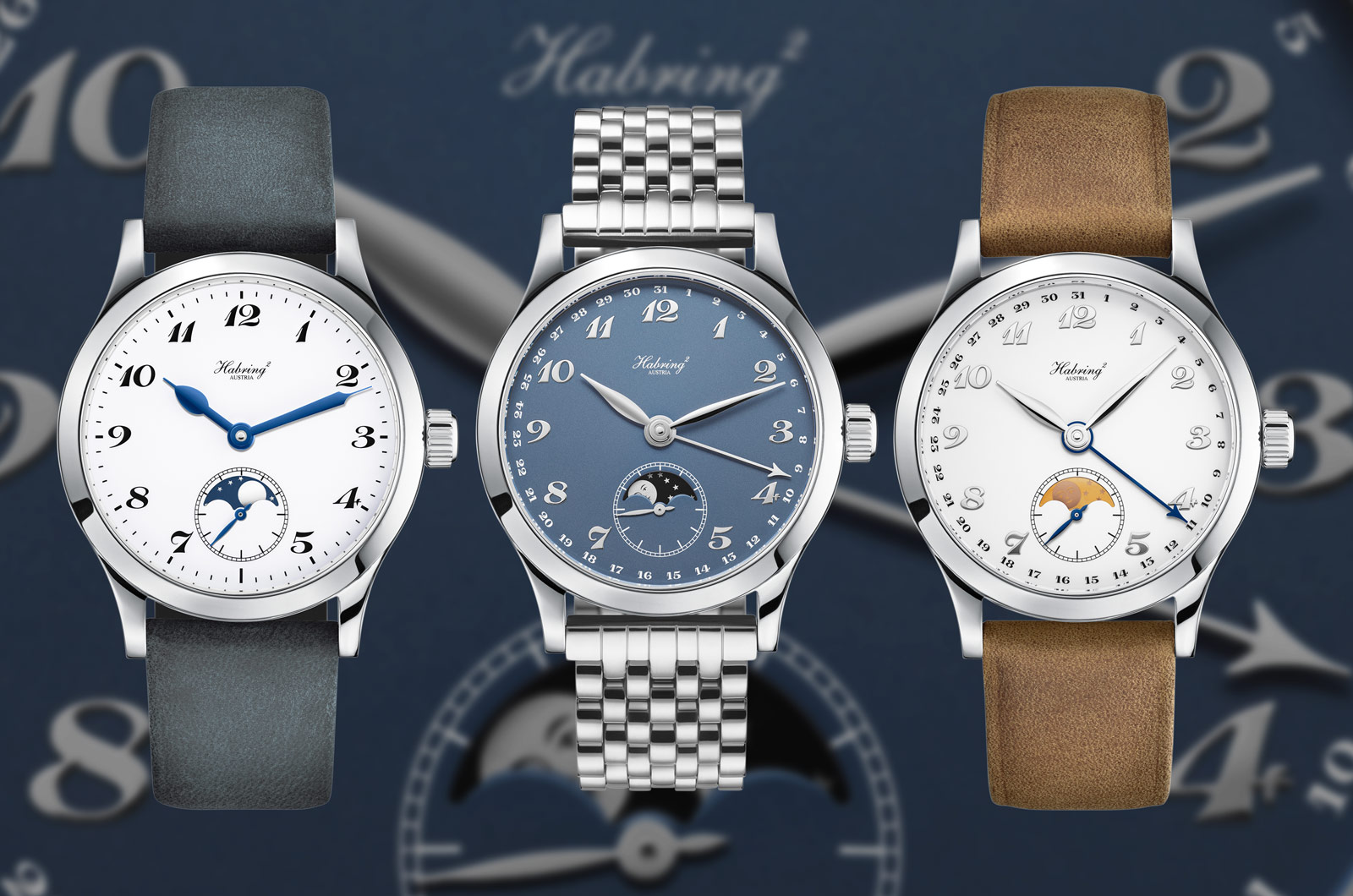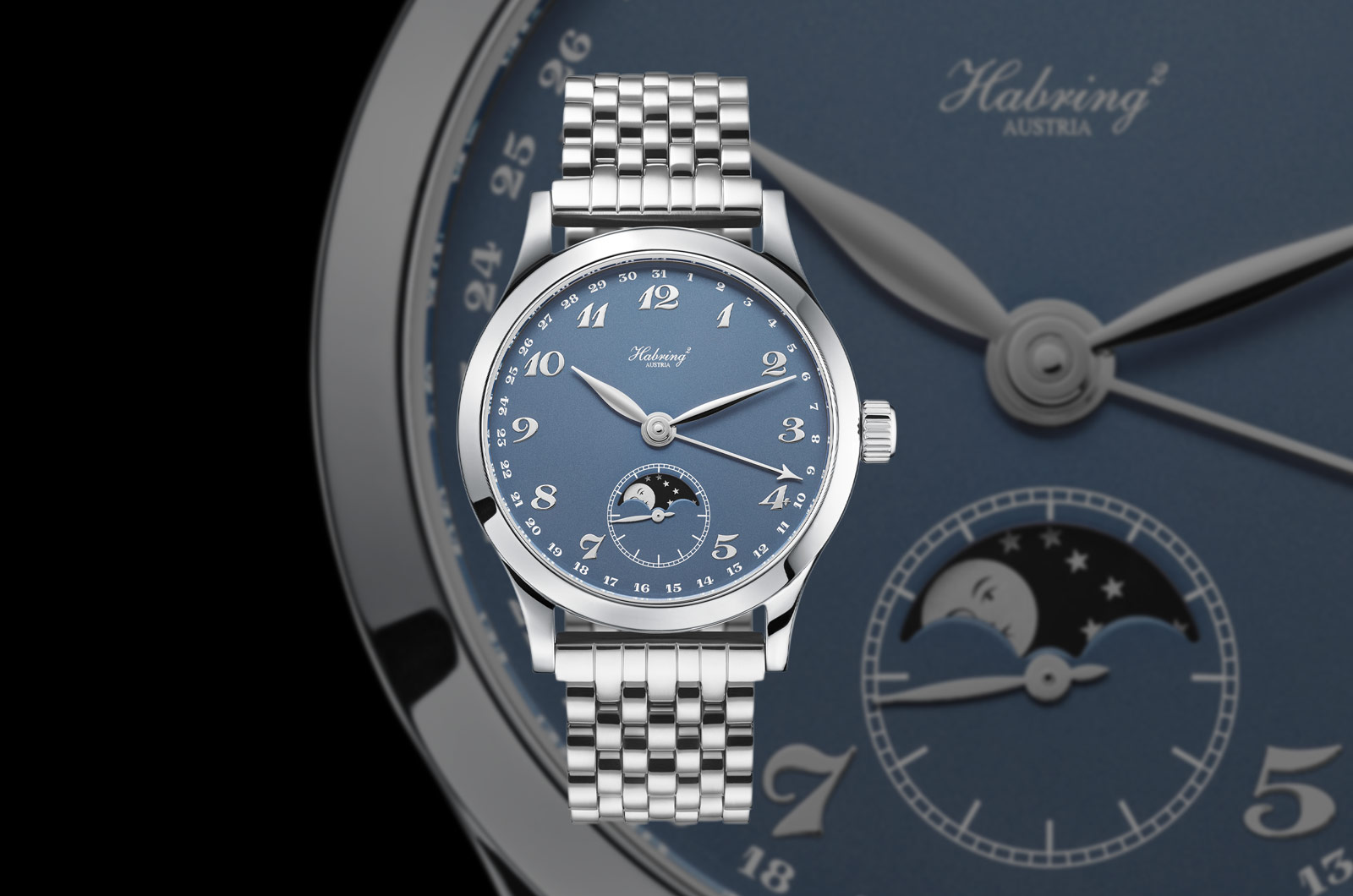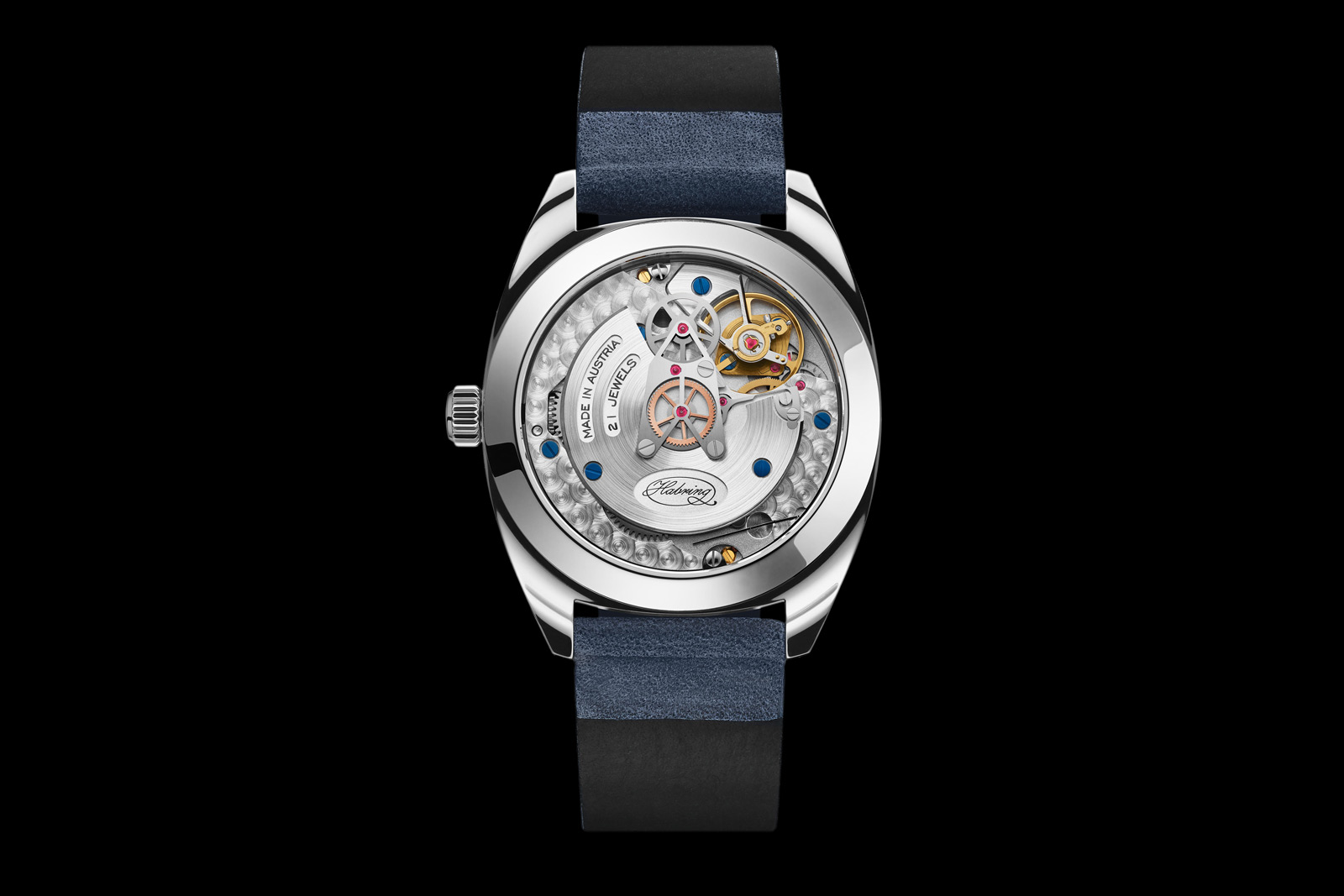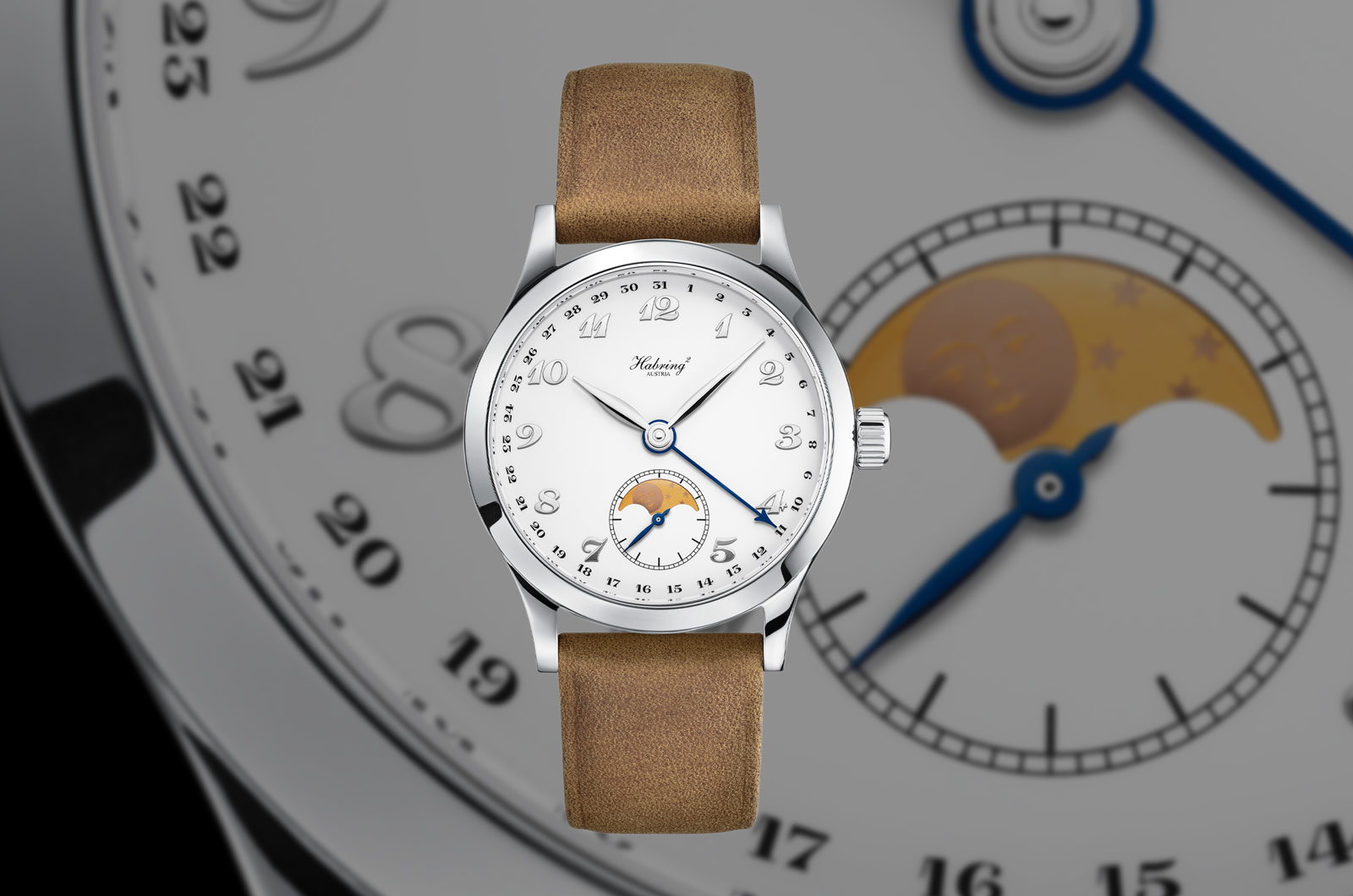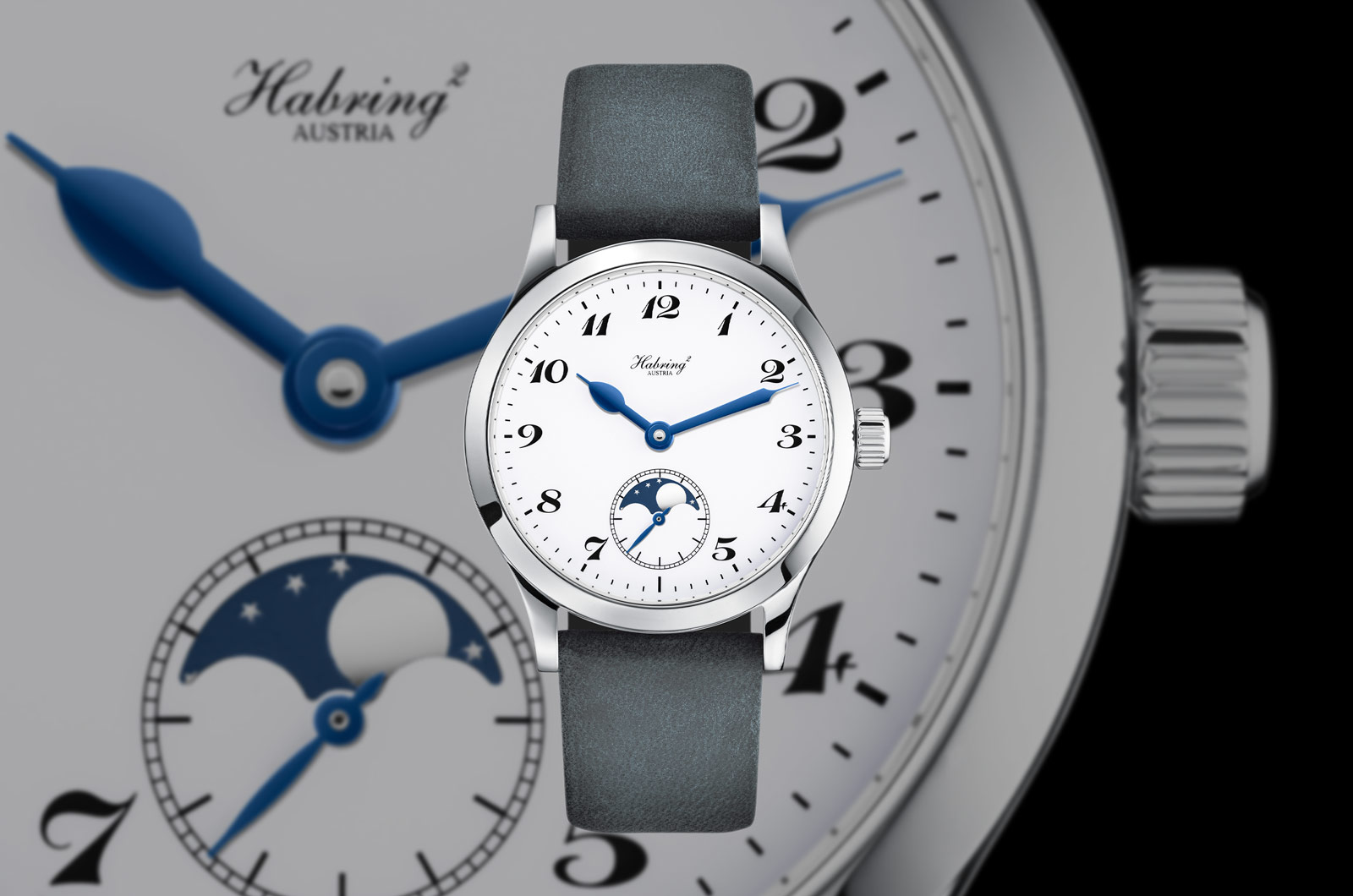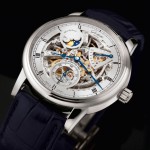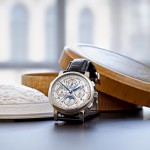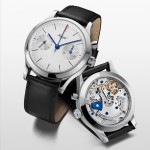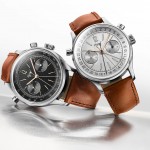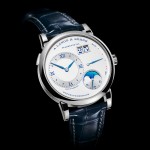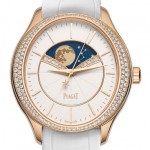IWC Reveals Details of Ceramic Matrix Composite
Developed with German research institute DLR.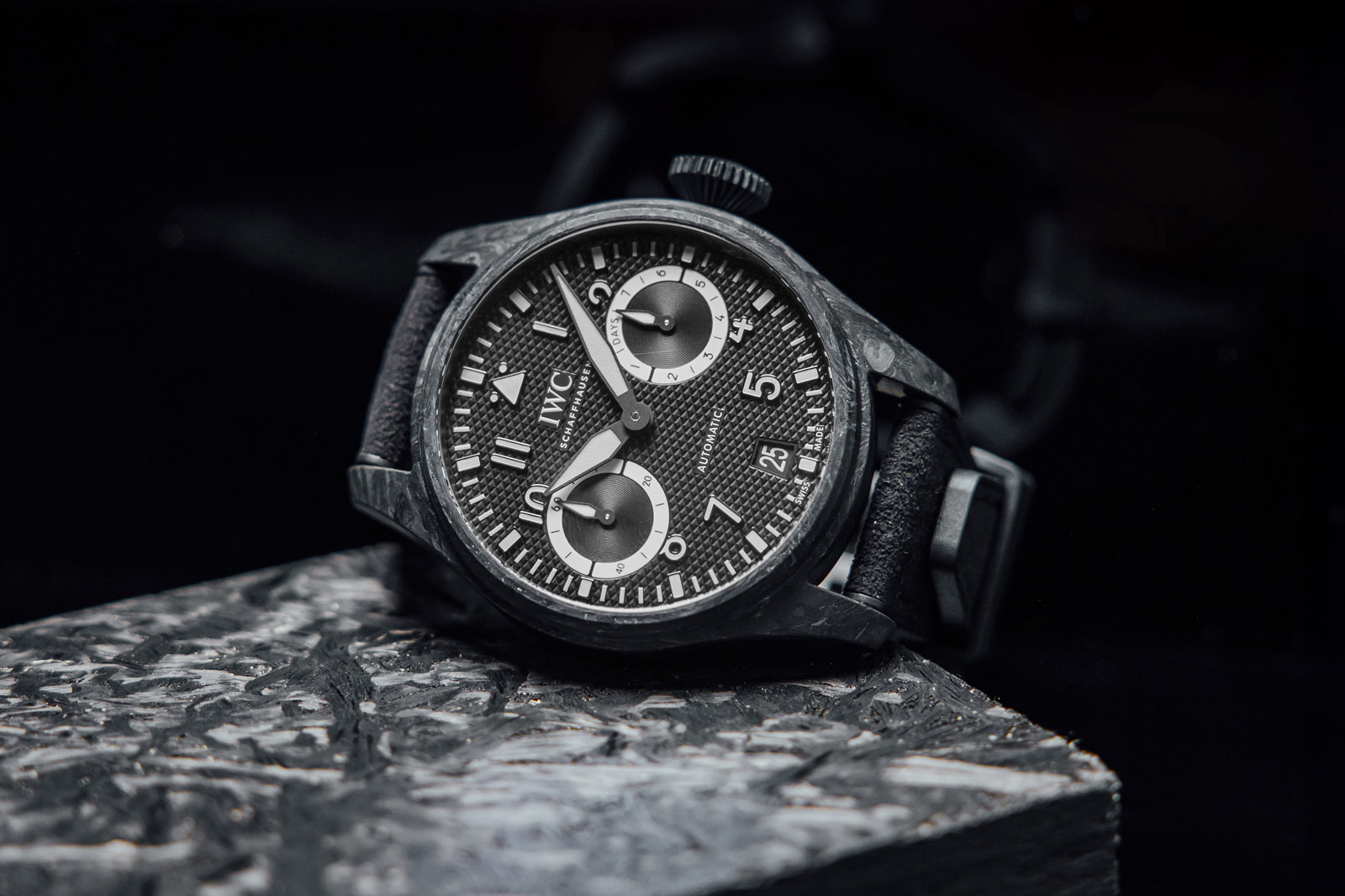
Having made its debut with the Big Pilot AMG G 63 a year ago, ceramic matrix composite (CMC) is an innovative material currently unique to IWC in watchmaking. Little was disclosed about the material at launch, but IWC has just released additional detail on CMC.
Notably, the material was developed in collaboration with the Deutsches Zentrum für Luft- und Raumfahrt (DLR), or German Aerospace Center, a national research institute specialising in aerospace, travel, energy, and even quantum computing.
While novel materials are common in watchmaking, brands rarely reveal the origin of the materials, making this collaboration notable. Moreover, the DLR is a highly regarded, independent technical institute, which arguably gives CMC more credibility (and cachet) than most composites employed in watchmaking. Utilising a space-qualified like CMC in a watch tied to a high-performance SUV, however, seems to be a missed opportunity, though it’s a certainty IWC has plans for the the material.
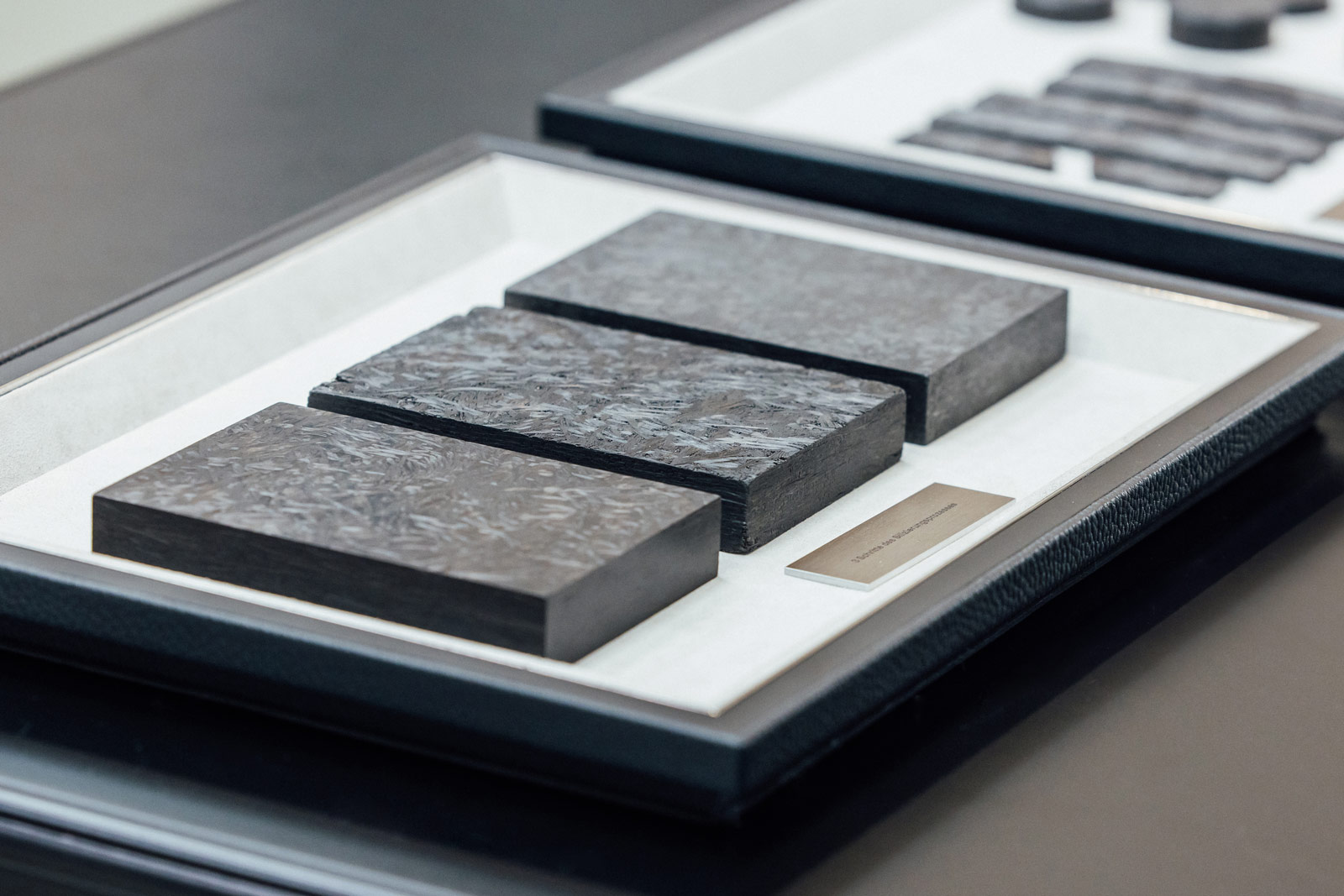
Blocks of CMC
Staying true to size
Fibre ceramic composites are a new class of materials, which combine the surface hardness of conventional ceramics with high tolerance to mechanical and thermal shocks. DLR’s previous work with ceramic composites revolved around making large components for aerospace applications, namely rockets or satellites.
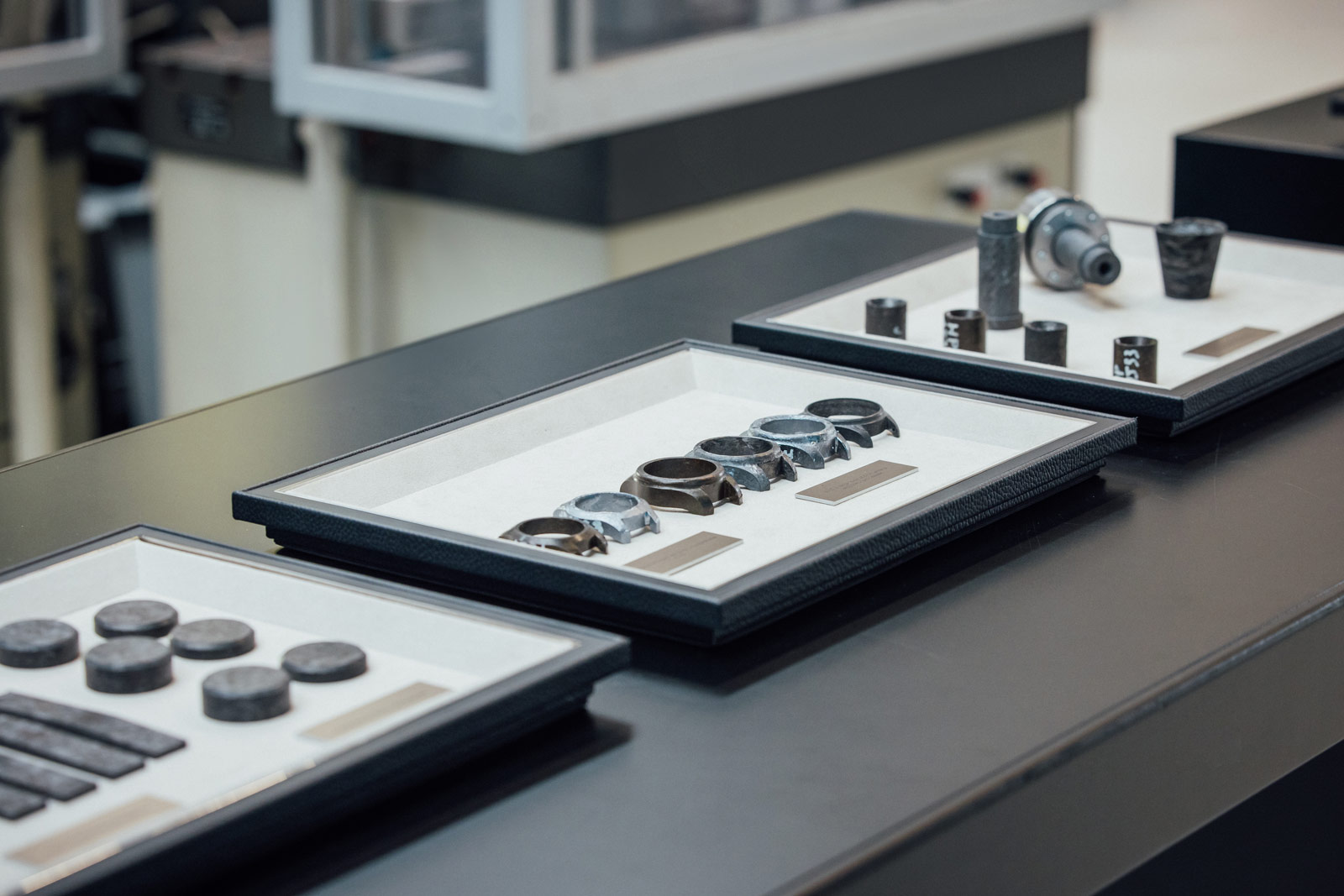
The institute was looking to adapt its short-fibre pressing technology for making smaller, near-net-shape parts – not unlike a watch case. Near-net-shape means such components only suffer small geometry alterations (typically shrinkage) between the first and last production steps. In other words, the initial raw piece doesn’t differ much in size from the end product.
CMC addresses these needs as it allows precise initial moulding, while the subsequent processes concern the strengthening of the internal structure without altering the geometry of the component.
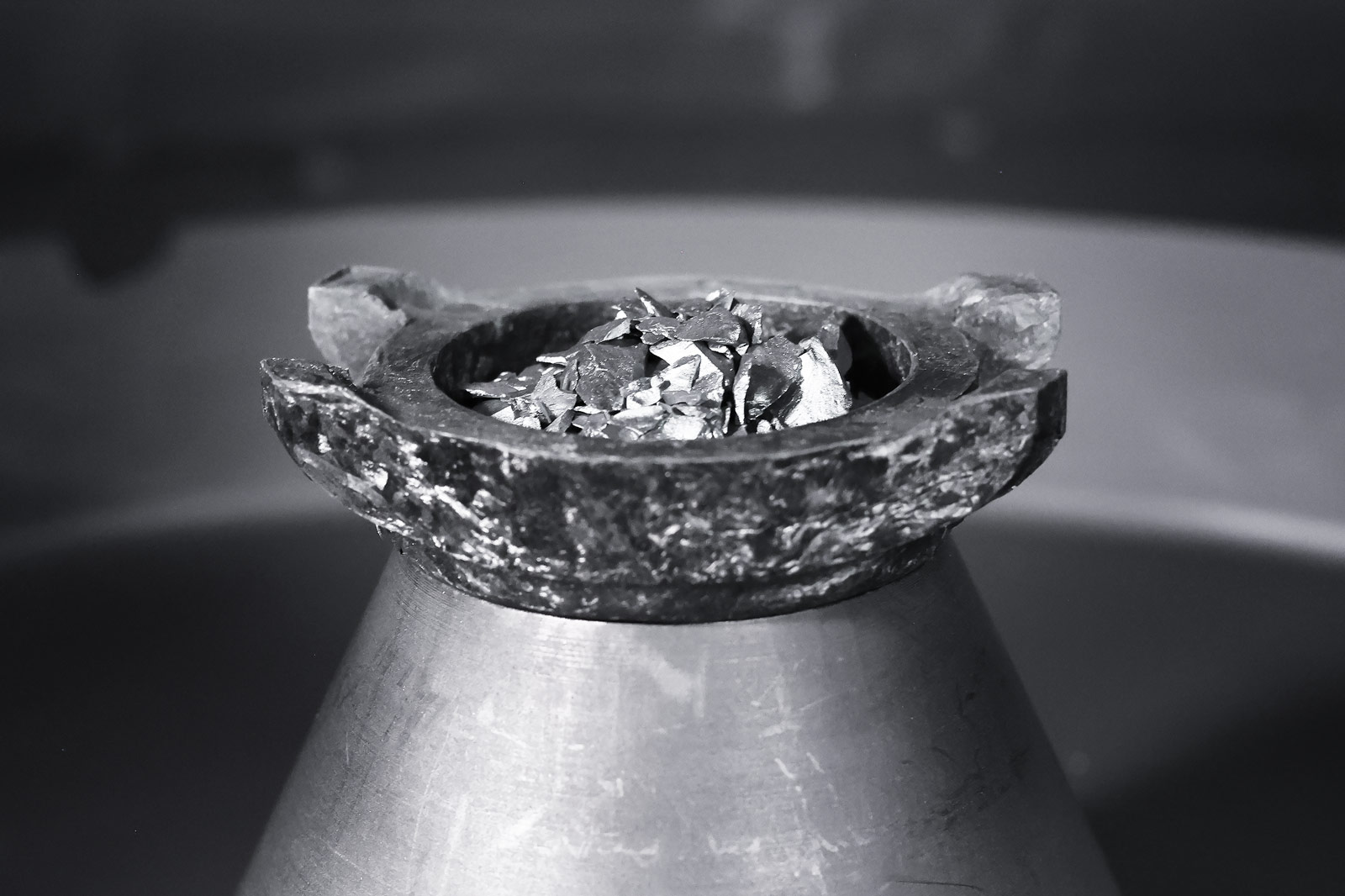
Earlier in October 2024, IWC and the DLR hosted a joint event at the DLR’s Institute of Structures and Design in Stuttgart to showcase CMC.
The event brought together DLR personnel and engineers from IWC who provided insight about the collaboration and the CMC watch case. DLR gained from the watchmaker’s know-how and experience in producing small parts, while IWC benefited from the German institute’s special method of ceramic manufacturing.
The Big Pilot AMG G 63 was exhibited during the event, which also saw attendees take part in a guided tour of DLR’s facilities, gaining a closer look at the complicated process of manufacturing CMC.
Back to top.


